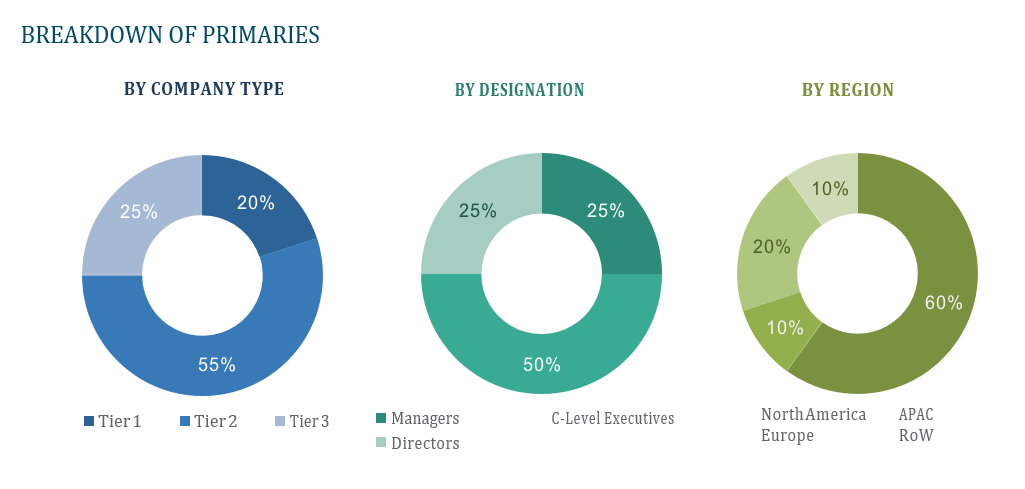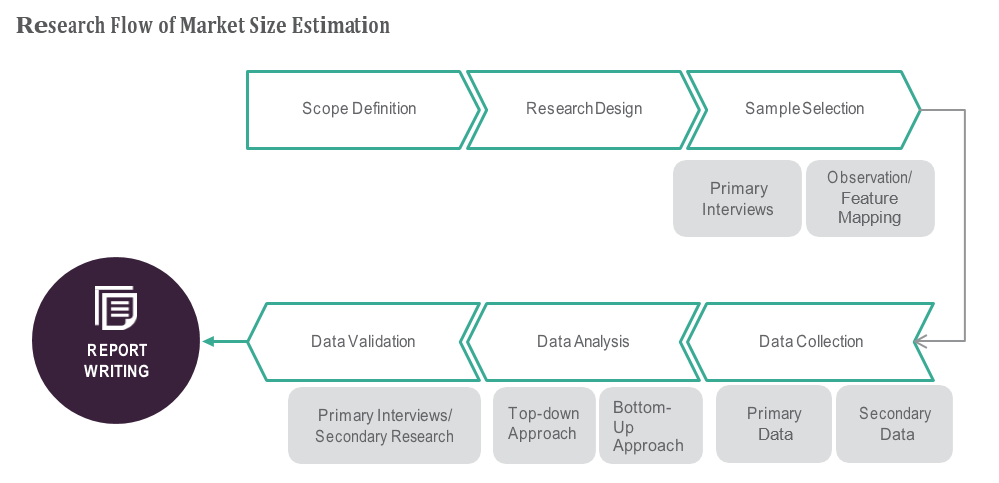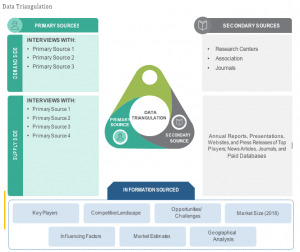OVERVIEW
The Functional Safety Market is currently valued at USD 13.2 billion in 2024 and will be growing at a CAGR of 6.2% over the forecast period to reach an estimated USD 22 billion in revenue in 2029. The functional safety market is a dynamic sector that caters to the growing demand for ensuring safety and reliability in various industries. It encompasses a range of technologies, standards, and practices aimed at preventing accidents and hazards caused by malfunctioning equipment or systems. With the increasing complexity of modern machinery and the integration of advanced technologies such as artificial intelligence and Internet of Things (IoT), the importance of functional safety has surged across sectors like automotive, aerospace, manufacturing, and healthcare. Key components of the functional safety market include safety sensors, programmable safety systems, safety controllers, and safety relays, among others. Moreover, stringent regulatory requirements and standards such as ISO 26262, IEC 61508, and IEC 62061 drive the adoption of functional safety solutions globally. As industries strive to enhance operational efficiency while ensuring utmost safety, the functional safety market is poised for steady growth and innovation, offering solutions that mitigate risks and safeguard human lives and assets.
First and foremost is the increasing emphasis on safety across industries due to stringent regulations and standards. With regulatory bodies imposing strict guidelines to ensure the safety of products and processes, organizations are compelled to invest in functional safety solutions to comply with these requirements. Additionally, the rapid integration of advanced technologies such as AI, IoT, and machine learning into industrial processes is escalating the complexity of systems, thereby heightening the need for robust safety measures. The rise of autonomous vehicles, smart factories, and medical devices further accentuates the importance of functional safety. Moreover, the growing awareness among consumers regarding safety and the potential consequences of system failures is driving demand for reliable safety solutions. Furthermore, the need to minimize downtime, enhance productivity, and reduce operational risks is prompting organizations to adopt functional safety technologies to safeguard their assets and ensure uninterrupted operations. As a result, these market drivers are fueling the expansion of the functional safety market across various sectors worldwide.
Table of Content
Market Dynamics
Drivers:
First and foremost is the increasing emphasis on safety across industries due to stringent regulations and standards. With regulatory bodies imposing strict guidelines to ensure the safety of products and processes, organizations are compelled to invest in functional safety solutions to comply with these requirements. Additionally, the rapid integration of advanced technologies such as AI, IoT, and machine learning into industrial processes is escalating the complexity of systems, thereby heightening the need for robust safety measures. The rise of autonomous vehicles, smart factories, and medical devices further accentuates the importance of functional safety. Moreover, the growing awareness among consumers regarding safety and the potential consequences of system failures is driving demand for reliable safety solutions. Furthermore, the need to minimize downtime, enhance productivity, and reduce operational risks is prompting organizations to adopt functional safety technologies to safeguard their assets and ensure uninterrupted operations. As a result, these market drivers are fueling the expansion of the functional safety market across various sectors worldwide.
Key Opportunities :
The functional safety market presents several key opportunities for growth and innovation. One significant opportunity lies in the expansion of functional safety solutions into emerging industries such as autonomous vehicles, renewable energy, and healthcare technology. As these industries continue to evolve and integrate advanced technologies, there is a growing need for robust safety measures to mitigate risks and ensure reliability. Additionally, the increasing adoption of Industrial Internet of Things (IIoT) and Industry 4.0 initiatives offers opportunities for the integration of functional safety solutions with smart manufacturing processes, enabling real-time monitoring and predictive maintenance to prevent accidents and downtime. Moreover, the rise of cybersecurity threats underscores the importance of cybersecurity and functional safety convergence, creating opportunities for solutions that address both safety and security concerns comprehensively. Furthermore, the proliferation of connected devices and sensors presents opportunities for the development of innovative safety technologies that enhance system performance and adaptability while ensuring compliance with evolving regulatory standards.
Restraints :
One significant challenge is the complexity and cost associated with implementing functional safety solutions, particularly for small and medium-sized enterprises (SMEs). The extensive documentation, rigorous testing, and certification processes required to achieve compliance with regulatory standards can be resource-intensive and time-consuming, posing barriers to entry for smaller players. Moreover, the lack of skilled professionals with expertise in functional safety engineering exacerbates this challenge, as organizations struggle to find qualified personnel to design, implement, and maintain safety-critical systems. Additionally, the fragmented nature of regulatory frameworks across different regions and industries complicates compliance efforts, leading to inconsistencies and inefficiencies in the implementation of functional safety measures. Furthermore, concerns about the interoperability of safety systems and potential conflicts between safety and productivity objectives may deter organizations from fully embracing functional safety technologies.
Regional Information:
• In Europe, the functional safety market is experiencing robust growth driven by stringent regulatory frameworks such as the Machinery Directive and the European Union’s General Product Safety Directive, which mandate compliance with standards like ISO 13849 and IEC 61508. The automotive industry, particularly in Germany, remains a key driver of demand for functional safety solutions due to the prominence of automotive manufacturers and their focus on safety-critical systems in vehicles. Additionally, the aerospace sector in France and the United Kingdom also contributes significantly to market growth, with stringent safety requirements for aircraft systems driving the adoption of functional safety technologies. Moreover, the presence of leading functional safety solution providers in countries like Switzerland and Sweden further fuels market expansion through innovation and technological advancements.
• In North America, the functional safety market is propelled by stringent regulatory frameworks such as the Occupational Safety and Health Administration (OSHA) regulations and the National Fire Protection Association (NFPA) standards, driving demand across industries like automotive, manufacturing, and healthcare. The presence of major automotive manufacturers in the United States, coupled with the increasing adoption of autonomous vehicles and electric vehicles, fuels the need for functional safety solutions in advanced driver assistance systems (ADAS) and vehicle electrification technologies. Additionally, the robust industrial automation sector in North America, particularly in the United States and Canada, further contributes to market growth, with companies investing in safety-critical systems to enhance operational efficiency and worker safety. Moreover, the burgeoning healthcare industry in the region, driven by technological advancements and aging populations, presents opportunities for functional safety applications in medical devices and healthcare facilities.
• In the Asia-Pacific region, the functional safety market is experiencing rapid expansion fueled by the growing industrialization and digitization across countries like China, Japan, and South Korea. China, in particular, with its booming automotive and manufacturing sectors, drives significant demand for functional safety solutions to comply with regulations and improve product quality and safety. Japan, known for its automotive innovation and stringent safety standards, is a key market for functional safety applications in automotive systems and industrial automation. South Korea’s strong presence in the electronics and semiconductor industries also drives demand for functional safety solutions to ensure safe operation of manufacturing processes. Additionally, emerging economies like India and Southeast Asian countries present untapped opportunities for functional safety adoption, driven by infrastructure development and increasing focus on safety regulations across industries.
Recent Developments:
• In July 2021, Schneider Electric launched EcoStruxure Triconex Safety View which helps to reduce the risk impacts and ensure plant safety when risks are high.
• In June 2021, ABB Ltd. launched a DCS, which provides seamless operation. Moreover, it is a process control system, an electrical control system, and a safety system, and supports operator performance and asset utilization.
Key Market Players:
Siemens, ABB, Honeywell, Rockwell Automation, Emerson Electric, Schneider Electric, General Electric Company, Omron Corporation, Bosch Rexroth AG, and Mitsubishi Electric Corporation.
Frequently Asked Questions
1) What is the projected market value of the Functional Safety Market?
– The Functional Safety Market is expected to reach an estimated value of USD 22 billion in revenue by 2029.
2) What is the estimated CAGR of the Functional Safety Market over the 2024 to 2029 forecast period?
– The CAGR is estimated to be 6.2% for the Functional Safety Market over the 2024 to 2029.
3) Who are the key players in the Functional Safety Market?
– Siemens, ABB, Honeywell, Rockwell Automation, Emerson Electric, Schneider Electric, General Electric Company, Omron Corporation, Bosch Rexroth AG, and Mitsubishi Electric Corporation.
4) What are the drivers for the Functional Safety Market?
– The increasing emphasis on safety in industries is driven by stringent regulations, the integration of advanced technologies like AI, IoT, and machine learning, the rise of autonomous vehicles, smart factories, and medical devices, and consumer awareness about potential system failures. This has led to the expansion of the functional safety market across various sectors worldwide.
5) What are the restraints and challenges in the Functional Safety Market?
– Implementing functional safety solutions is challenging for SMEs due to its complexity and cost. The extensive documentation, testing, and certification processes can be time-consuming and resource-intensive. The lack of skilled professionals, fragmented regulatory frameworks, and concerns about interoperability may deter organizations from fully embracing functional safety technologies.
6) What are the key applications and offerings of the Functional Safety Market?
– Key applications of functional safety include automotive systems such as advanced driver assistance systems (ADAS) and autonomous vehicles, industrial automation for ensuring safe operation of machinery and processes, medical devices to guarantee patient safety and regulatory compliance, and aerospace and defense for critical systems in aircraft and military equipment.
7) Which region is expected to drive the market for the forecast period?
– North America is expected to have the highest market growth from 2024 to 2029
Why Choose Us?
Insights into Market Trends: Global Market Studies reports provide valuable insights into market trends, including market size, segmentation, growth drivers, and market dynamics. This information helps clients make strategic decisions, such as product development, market positioning, and marketing strategies.
Competitor Analysis: Our reports provide detailed information about competitors, including their market share, product offerings, pricing, and competitive strategies. This data can be used to inform competitive strategies and to identify opportunities for growth and expansion.
Industry Forecasts: Our reports provide industry forecasts, which will inform your business strategies, such as investment decisions, production planning, and workforce planning. These forecasts can help you to prepare for future trends and to take advantage of growth opportunities.
Access to Industry Experts: Our solutions include contributions from industry experts, including analysts, consultants, and subject matter experts. This access to expert insights can be valuable for you to understand the market.
Time and Cost Savings: Our team at Global Market Studies can save you time and reduce the cost of conducting market research by providing comprehensive and up-to-date information in a single report, avoiding the need for additional market research efforts.










